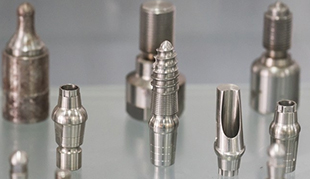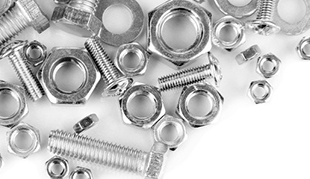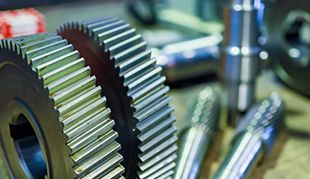What is the History and Development of Metal Injection Molding Technology
Metal Injection Molding (MIM) technology has emerged as a revolutionary manufacturing process, offering the capability to produce complex and precise metal parts with remarkable efficiency. Combining the advantages of plastic injection molding and traditional powder metallurgy, MIM has a fascinating history of development and promises an exciting future in various industries.
The Origins of MIM
The origins of Metal Injection Molding can be traced back to the mid-20th century when researchers began experimenting with powder metallurgy and plastic injection molding techniques. However, it wasn't until the 1970s that the concept of MIM started taking shape. The process aimed to address the limitations of conventional powder metallurgy, such as limited design complexity and material wastage, by leveraging the principles of injection molding.
Evolution and Growth
The 1980s marked a significant period of growth for MIM. As material science advanced, the ability to create fine metal powders suitable for injection molding improved. This enabled manufacturers to produce intricate parts with enhanced mechanical properties. The aerospace, medical, automotive, and electronics industries began adopting MIM for applications ranging from small, intricate components to larger, structural parts.
Throughout the 1990s and early 2000s, MIM underwent continuous refinement. Advances in mold design, feedstock formulation, and sintering techniques further improved the quality and reliability of MIM-produced parts. This led to a broader range of applications and increased interest from industries seeking cost-effective, high-performance solutions.

MIM Process Overview
The Metal Injection Molding process involves several key steps:
Feedstock Preparation: Fine metal powders are mixed with a thermoplastic binder to create a feedstock that can be injected into molds.
Injection Molding: The feedstock is heated and injected into a mold cavity under high pressure, allowing it to take the shape of the desired part.
Debinding: The molded part is subjected to thermal processes that remove the binder, leaving behind a "brown" part composed of metal particles held together by their natural attraction.
Sintering: The brown part is then sintered at high temperatures, causing the metal particles to fuse together, resulting in a fully dense metal component.
Current Applications and Advantages
Metal Injection Molding has found its place in a wide range of industries due to its numerous advantages:
Complex Geometry: MIM can produce intricate and complex parts with features that are challenging to achieve through traditional manufacturing methods.
Material Variety: A wide range of metals and alloys can be used in MIM, allowing for tailored mechanical properties to suit specific applications.
Reduced Waste: MIM generates minimal material waste compared to conventional machining processes, making it more environmentally friendly.
Cost-Efficiency: While there are upfront tooling costs, MIM offers cost advantages for large production runs due to its automation capabilities and reduced labor requirements.

Future Prospects
The future of Metal Injection Molding looks promising as ongoing research and development continue to push the boundaries of what's achievable. Some exciting prospects include:
New Materials: Continued advancements in material science may lead to the development of novel alloys and composites, expanding the range of applications for MIM.
Miniaturization: MIM is well-suited for producing miniaturized components, a critical need in industries such as electronics and medical devices.
Sustainability: As environmental concerns grow, MIM's ability to minimize material waste and energy consumption could make it an even more attractive option.
Digitalization: The integration of digital design tools and simulation software will enable more accurate prediction of part behavior and performance, further optimizing the MIM process.
The history and development of Metal Injection Molding have shown a steady progression from its inception to its current state of maturity. With its ability to produce intricate, high-performance metal components efficiently, MIM is poised to play a pivotal role in shaping the future of manufacturing across diverse industries. As technology continues to advance, Metal Injection Molding holds the potential to unlock new possibilities and drive innovation in design, materials, and sustainability.






